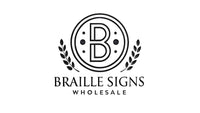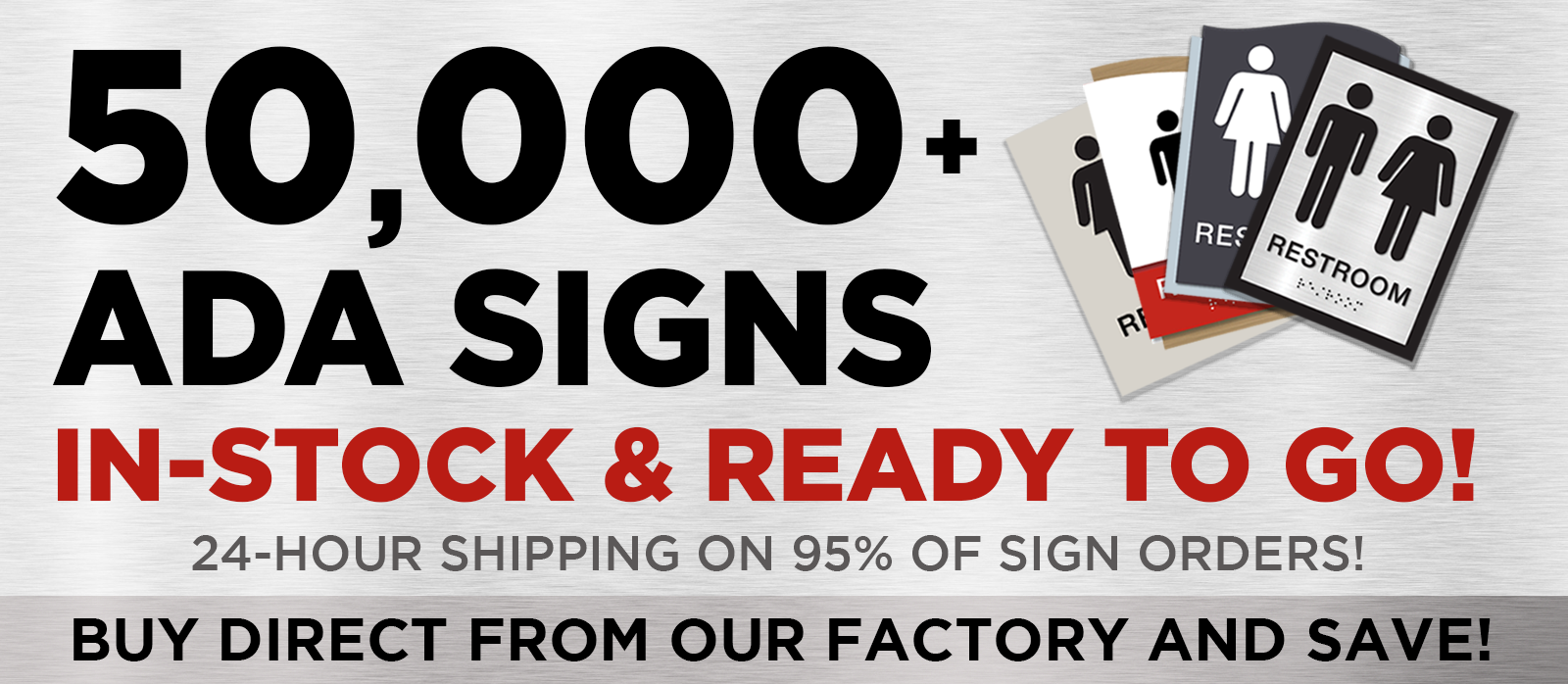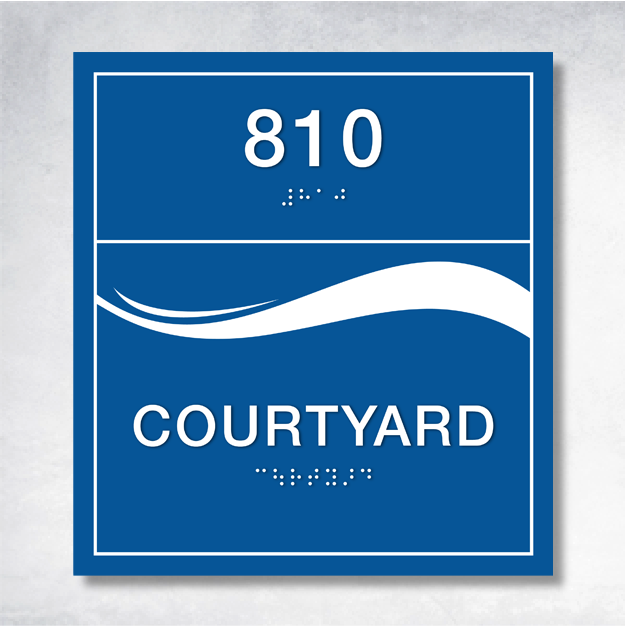Braille Signage: A Key to Unlocking Workplace Accessibility
A New Era of Inclusivity
Imagine missing out on a workplace event simply because the environment wasn't accessible. According to a Deloitte report, this is a reality for 60% of employees facing accessibility challenges. This stark statistic highlights the urgent need for workplaces to evolve into truly inclusive environments. One powerful tool in this transformation is Braille signage, which not only enhances workplace accessibility but also fosters a sense of belonging for everyone.
Creating a Workplace for All
Accessibility in the workplace is more than just a checkbox on a compliance form; it's a commitment to creating a space where everyone can thrive. When workplaces embrace accessibility, they boost productivity and comprehension across the board. Braille signage is a cornerstone of this effort, enabling individuals with visual impairments to navigate their surroundings independently. With ADA-compliant features like tactile lettering and high-contrast colors, these signs are essential in crafting an environment that respects and empowers all employees. Learn more about ADA Compliant Office Signage.
The Future is Customizable and Tech-Savvy
The world of Braille signage is undergoing a revolution, thanks to customizable and technology-integrated innovations. Techniques like raster Braille, etched glass, and UV printing are not only making signs more versatile but also more visually appealing. Imagine walking through an office where every door, conference room, and restroom is marked with a sign that is both functional and stylish. This is the future of workplace accessibility, where technology meets aesthetics to create engaging and modern environments.
Voices of Change: Accessibility Advocates Speak Out
Accessibility advocates are at the forefront of this movement, reminding us that inclusivity extends beyond physical spaces into the digital realm. By championing digital accessibility and adherence to laws like the ADA, these advocates are reshaping workplace culture. They argue that accessible workplaces are not just compliant; they are innovative, productive, and culturally rich. By prioritizing accessibility, companies can cultivate an environment that supports and inspires every employee. Read more on UX Matters.
Steps to a More Accessible Workplace
For businesses eager to enhance their accessibility, auditing workplace signage is a vital first step. This involves ensuring signs are visible, maintaining consistent branding, and verifying ADA compliance. Regular audits, employee training, and staying updated on accessibility standards are practical measures that can make a significant difference. By implementing these strategies, companies can create workplaces that are not only compliant but also welcoming and inclusive. Check out Signs Now for tips on auditing your signage.
Reaping the Rewards of Accessibility
Accessible workplaces are a win-win for everyone involved. They drive innovation, boost productivity, and enrich workplace culture. Braille signage is a pivotal element in this equation, helping to build inclusive environments where all employees can flourish. As businesses continue to prioritize accessibility, integrating Braille signage and other inclusive practices will be crucial in creating equitable and supportive workspaces.
By embracing these changes, companies not only meet their legal responsibilities but also enhance their reputation as inclusive, forward-thinking organizations. In doing so, they pave the way for a future where everyone, regardless of ability, can participate fully and equally in the workplace. Discover more about the benefits of accessible workplaces from the University of Waterloo.









